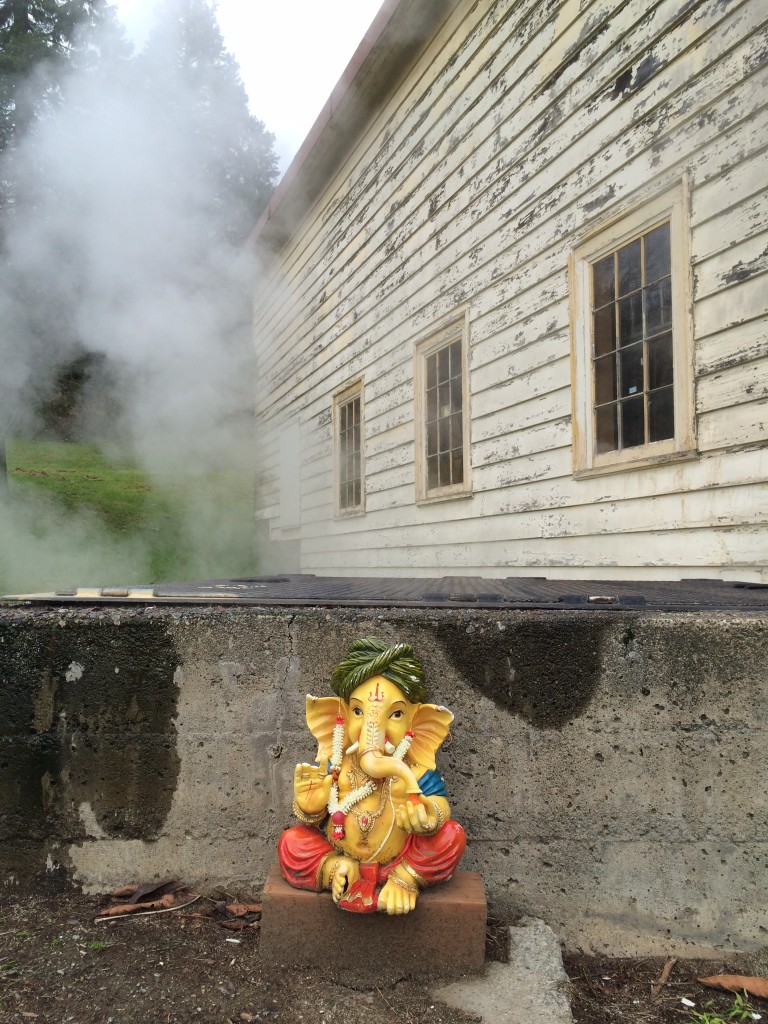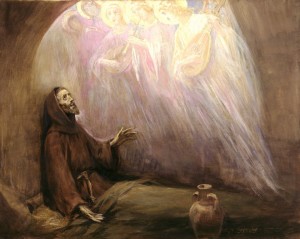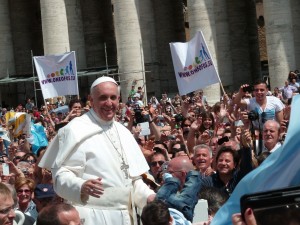Chapter 15. Religion

Learning Objectives
15.1 The Sociological Approach to Religion
- Explain the difference between substantial, functional, and family resemblance definitions of religion.
- Describe the four dimensions of religion: Belief, ritual, experience, and community.
- Understand classifications of religion, like animism, polytheism, monotheism, and atheism.
- Differentiate between the five world religions.
- Explain the differences between various types of religious organizations: Churches, ecclesia, sects, and cults.
15.2 Sociological Explanations of Religion
- Examine the nature of sociological explanations of religion.
- Compare and contrast theories on religion — Marx, Durkheim, Weber, Berger, Stark, Daly, and Woodhead.
15.3 Religion and Social Change
- Describe current global and Canadian trends of secularization and religious belief.
- Describe the current religious diversity of Canada and its implications for social policy.
- Explain the development and the sources of new religious movements.
15.4 Contemporary Fundamentalist Movements
- Outline the social and political issues associated with fundamentalist movements.
- Define the family resemblance between fundamentalisms in different religious traditions.
- Describe the process of fundamentalist radicalization from a sociological perspective.
- Explain the basis of contemporary issues of science and faith.
Introduction to Religion

It is commonly said that there are only two guarantees in life — death and taxes — but what can be more taxing than the prospect of one’s own death? Ceasing to exist is an overwhelmingly terrifying thought and it is one which has plagued individuals for centuries. This ancient stressor has been addressed over time by several different religious explanations and affirmations. Arguably, this capacity to provide answers for fundamental questions is what defines religion. For instance, under Hindu belief one’s soul lives on after biological death and is reborn in a new body. Under Christian belief one can expect to live in a heavenly paradise once one’s time runs out on earth. These are just two examples, but the extension of the self beyond its physical expiration date is a common thread in religious texts.
These promises of new life and mystifying promise lands are not simply handed out to everyone, however. They require an individual to faithfully practice and participate in accordance with the demands of specific commandments, doctrines, rituals, or tenants. Furthermore, despite one’s own faith in the words of an ancient text, or the messages of a religious figure, an individual will remain exposed to the trials, tribulations, and discomforts that exist in the world. During these instances a theodicy — a religious explanation for such sufferings — can help keep one’s faith by providing justification as to why bad things happen to good, faithful people. Theodicy is an attempt to explain or justify the existence of bad things or instances that occur in the world, such as death, disaster, sickness, and suffering. Theodicies are especially relied on to provide reason as to why a religion’s God (or God-like equivalent) allows terrible things to happen to good people.
Is there truly such a thing as heaven or hell? Can we expect to embody a new life after death? Are we really the creation of an omnipotent and transcendent Godly figure? These are all fascinating ontological questions — i.e., questions concerned with the nature of reality, our being and existence — and ones for which different religious traditions have different answers. For example, Buddhists and Taoists believe there is a life force that can be reborn after death, but do not believe there is a transcendent creator God, whereas Christian Baptists believe that one can be reborn once, or even many times, within a single lifetime. However, these questions are not the central focus of sociologists. Instead, sociologists ask about the different social forms, experiences, and functions that religious organizations evoke and promote within society. What is religion as a social phenomenon? Why does it exist? In other words, the “truth” factor of religious beliefs is not the primary concern of sociologists. Instead, religion’s significance lies in its practical tendency to bring people together and, in notable cases, to violently divide them. For sociologists, it is key that religion guides people to act and behave in particular ways. How does it do so?
Regardless if one personally believes in the fundamental values, beliefs, and doctrines that certain religions present, one does not have to look far to recognize the significance that religion has in a variety of different social aspects around the world. Religion can influence everything from how one spends their Sunday afternoon — singing hymnals, listening to religious sermons, or refraining from participating in any type of work — to providing the justification for sacrificing one’s own life, as in the case of the Solar Temple mass suicide (Dawson & Thiessen, 2014). Religious activities and ideals are found in political platforms, business models, and constitutional laws, and have historically produced rationales for countless wars. Some people adhere to the messages of a religious text to a tee, while others pick and choose aspects of a religion that best fit their personal needs. In other words, religion is present in several socially significant domains and can be expressed in various levels of commitment and fervour.
In this chapter, classical social theorists Karl Marx, Émile Durkheim, and Max Weber provide the early insights that have come to be associated with the critical, functionalist, and interpretive perspectives on religion in society. Interestingly, each of them predicted that the processes of modern secularization would gradually erode the significance of religion in everyday life. More recent theorists like Peter Berger, Rodney Stark (feminist), and John Caputo take account of contemporary experiences of religion, including what appears to be a period of religious revivalism. Each of these theorists contribute uniquely important perspectives that describe the roles and functions that religion has served society over time. When taken altogether, sociologists recognize that religion is an entity that does not remain stagnant. It evolves and develops alongside new intellectual discoveries and expressions of societal, as well as individual, needs and desires.

A case in point would be the evolution of belief in the Catholic Church. At the beginning of the 20th century, the Roman Catholic Church responded to the challenges brought forth by secularization, scientific reasoning, and rationalist methodologies with Pope Pius X’s encyclical Pascendi dominici gregis (1907). This letter was circulated among all Catholic churches and identified the new “enemy of the cross” as the trend towards modernization. A secretive “Council of Vigilance” was established in each diocese to purge church teachings of the elements of modernism. The true faith “concerns itself with the divine reality which is entirely unknown to science.”
However, in the 21st century, the Catholic Church appears to be adapting its attitudes towards modernization. The 266th Roman Catholic Pope, Pope Francis, has made public statements such as, “If a person is gay and seeks God and has good will, who am I to judge?” (Reuters, 2013) and “We cannot limit the role of women in the Church to altar girls or the president of a charity, there must be more” (BBC News, 2013). These statements seem to align the Church’s position with contemporary attitudes towards homosexuality and gender. Pope Francis has also addressed contemporary issues of climate change. At the 2015 U.N. climate conference in Paris, France, he stated “[e]very year the problems are getting worse. We are at the limits. If I may use a strong word I would say that we are at the limits of suicide” (Pullella, 2015).
Media Attributions
- Figure 15.1 The elephant-headed Ganesh by Rob Brownie used by permission of the photographer.
- Figure 15.2 Life of Francis of Assisi by José Benlliure y Gil by Ras67 is used under Public Domain Mark 1.0.
- Figure 15.3 Papa rock Star by Edgar Jiménez, via Flickr, is used under CC BY SA 2.0 licence.

